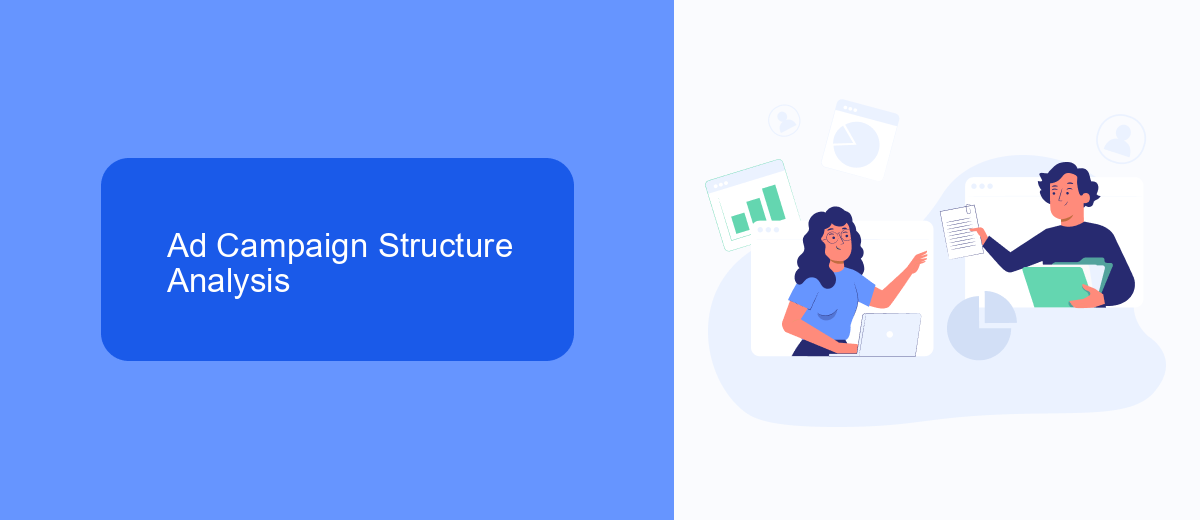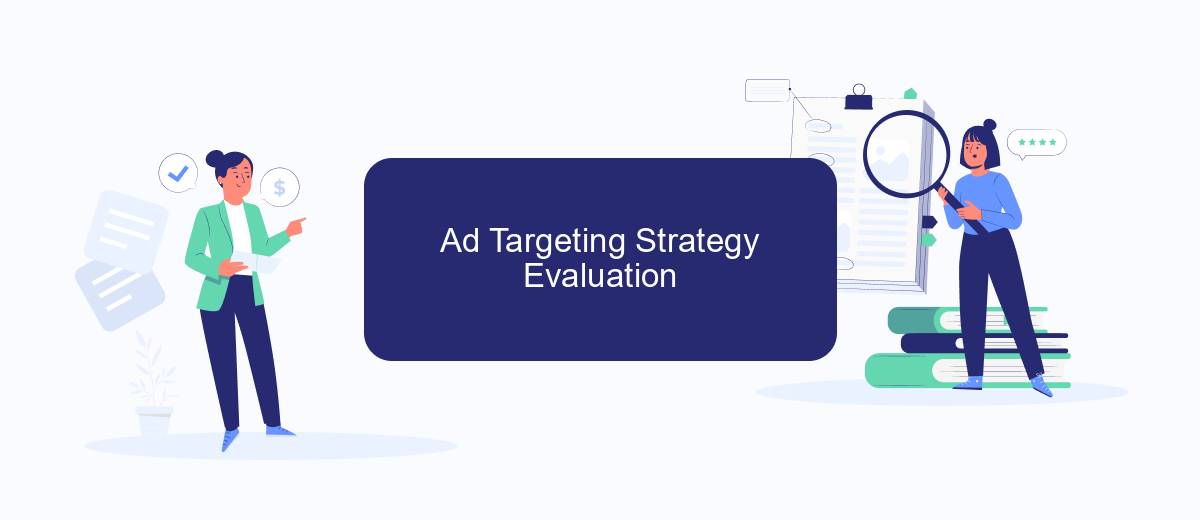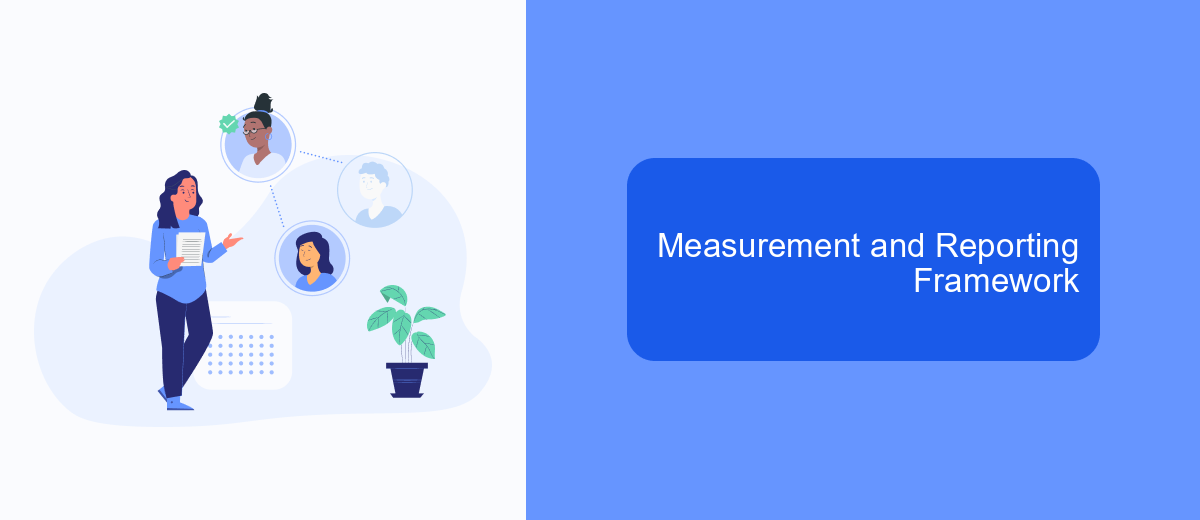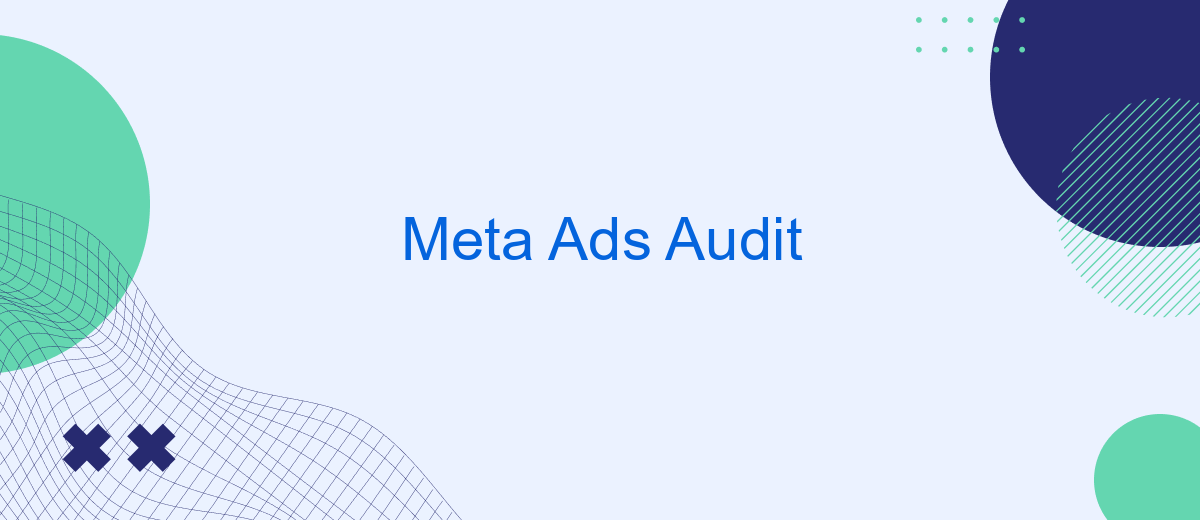Conducting a Meta Ads Audit is crucial for businesses aiming to maximize their advertising efficiency and ROI. This process involves a comprehensive review of your current ad campaigns on platforms like Facebook and Instagram, identifying areas for improvement, and implementing strategic adjustments. In this article, we will guide you through the essential steps and best practices to ensure your Meta Ads are performing at their peak potential.
Meta Ads Account Overview
Conducting a Meta Ads Account Overview is essential for understanding the performance and efficiency of your advertising campaigns. This process involves examining various aspects of your account to identify areas for improvement and ensure that your ads are reaching the right audience.
- Review campaign objectives and goals
- Analyze audience targeting and segmentation
- Evaluate ad creatives and formats
- Monitor budget allocation and spending
- Assess performance metrics and KPIs
Utilizing tools like SaveMyLeads can streamline the process by automating data collection and integration. SaveMyLeads helps in connecting your Meta Ads account with various CRM systems, allowing for seamless data transfer and real-time updates. This ensures that your marketing efforts are data-driven and continuously optimized for better results.
Ad Campaign Structure Analysis

Analyzing the structure of your ad campaigns is crucial for optimizing performance and maximizing ROI. A well-structured campaign should have a clear hierarchy, starting with campaigns, ad sets, and individual ads. Each level should be organized based on specific objectives, target audiences, and budget allocations. By maintaining a logical structure, you can easily identify which elements are performing well and which need adjustments. This systematic approach not only simplifies management but also enhances the effectiveness of your advertising efforts.
Integrating automation tools like SaveMyLeads can further streamline your ad campaign management. SaveMyLeads enables seamless data transfer between Meta Ads and your CRM, ensuring that you have up-to-date information to make informed decisions. By automating lead processing and nurturing, you can focus on optimizing your ad structure and strategy. This integration supports efficient budget allocation and precise targeting, ultimately leading to better campaign outcomes and a higher return on investment.
Ad Targeting Strategy Evaluation

Evaluating your ad targeting strategy is crucial to ensure your Meta Ads are reaching the right audience and driving optimal results. A thorough assessment can help identify areas for improvement and enhance the overall effectiveness of your campaigns.
- Analyze Audience Segmentation: Review the demographic, geographic, and psychographic segments you are targeting. Ensure they align with your business goals and customer profiles.
- Examine Ad Placement: Check where your ads are being displayed and whether these placements are delivering the desired engagement and conversions.
- Review Performance Metrics: Look at key performance indicators (KPIs) such as click-through rates (CTR), conversion rates, and return on ad spend (ROAS) to gauge the success of your targeting strategy.
- Utilize Integration Tools: Leverage tools like SaveMyLeads to automate data collection and integration, making it easier to refine your targeting based on real-time insights.
By systematically evaluating these aspects, you can make data-driven adjustments to your ad targeting strategy. This will not only improve the efficiency of your ad spend but also enhance the overall performance of your Meta Ads campaigns.
Measurement and Reporting Framework

Establishing a robust measurement and reporting framework is crucial for the success of your Meta Ads campaigns. This framework allows you to track performance, optimize strategies, and make data-driven decisions. To get started, clearly define your key performance indicators (KPIs) that align with your business goals.
Once KPIs are set, ensure you have the right tools and integrations in place to capture and analyze data effectively. SaveMyLeads can be a valuable service for automating data collection and integrating various platforms, ensuring that all relevant metrics are accurately captured and easily accessible.
- Define clear KPIs (e.g., CTR, conversion rate, ROI)
- Utilize tools like SaveMyLeads for seamless data integration
- Regularly review and adjust your strategies based on data insights
- Generate comprehensive reports for stakeholders
By implementing a structured measurement and reporting framework, you can continuously refine your Meta Ads campaigns. This will not only improve performance but also provide valuable insights that can be leveraged across other marketing initiatives.
Optimization Opportunities
Identifying optimization opportunities in your Meta Ads campaigns is crucial for maximizing ROI and achieving your marketing goals. Start by analyzing your ad performance metrics, such as CTR, conversion rates, and CPC. Look for patterns or anomalies that can indicate areas for improvement. For instance, if a particular ad set has a low CTR, consider adjusting the ad creative, targeting, or bidding strategy. Regularly conducting A/B tests can also help you identify which elements of your ads are most effective and should be scaled up.
Another key aspect of optimization is ensuring seamless integration of your Meta Ads with other marketing tools and platforms. Utilizing services like SaveMyLeads can automate the process of capturing and syncing leads from your Meta Ads to your CRM or email marketing software. This not only saves time but also ensures that no potential customer slips through the cracks. By automating lead management, you can focus more on refining your ad strategies and less on manual data entry, leading to more efficient and effective campaigns.
FAQ
What is a Meta Ads Audit?
Why should I conduct a Meta Ads Audit?
How often should I perform a Meta Ads Audit?
What are the key components of a Meta Ads Audit?
Can I automate parts of the Meta Ads Audit process?
Are you using Facebook Lead Ads? Then you will surely appreciate our service. The SaveMyLeads online connector is a simple and affordable tool that anyone can use to set up integrations for Facebook. Please note that you do not need to code or learn special technologies. Just register on our website and create the necessary integration through the web interface. Connect your advertising account with various services and applications. Integrations are configured in just 5-10 minutes, and in the long run they will save you an impressive amount of time.
